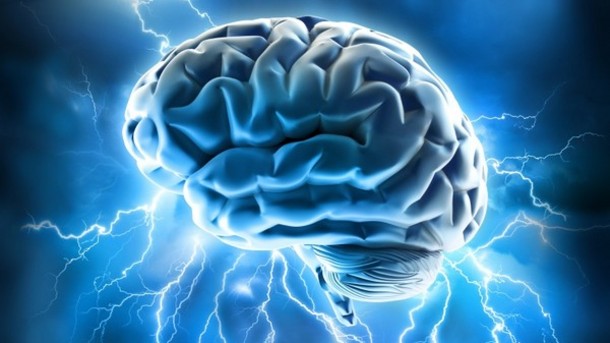A lot of the old misconceptions about bilingualism are starting to fade.
People are finally realizing that learning two (or more) languages won’t confuse children or adults. The opposite is actually true: studying multiple languages is good for developing brains.

But did you know that it affects the real, physical structure of your brain? It’s true!
When you learn a second language, as a child or as an adult, you make certain areas of your brain more robust, more developed, and more active.
It’s just like working muscles out to make them bigger — the more you use your language enters, the more powerful they become.
Bilingualism and Brain Growth
For many years, everything people knew about bilingualism came from social observation. We could watch bilingual children or adults interact and try to draw conclusions from that about how their brains were developing.
But it wasn’t like we could open their heads up and see what was happening inside their brains! Now we literally can.
In a study called Martensson et. al., published in 2012, scientists used brain scan technology to watch the physical changes in adults’ brains as they used multiple languages.
What they found was dramatic: after three months of intense language training, adults’ brains grew larger in the regions associated with language use.
The higher the participants’ language skills, the more structurally flexible the relevant parts of their brains became. And participants who struggled the hardest – who used their brains the most, in other words — displayed the most brain growth overall.
Physical Brain Changes and What They Mean
That might sound worrying to some parents. “Do I want my child’s brain to change shape?” you may be asking. Remember to think of it just like building muscles or flexibility in your body.
A child who plays sports and exercises regularly is going to become stronger, faster, and more agile than one who doesn’t. In the same way, a child who works on language skills regularly will develop a more powerful, flexible brain.
The benefits of brain growth go beyond the immediate language skills being used. By practicing multiple languages, adults and children can develop parts of their brain that help with many different mental skills.
So yes — you want your child’s brain to change shape! Or at least you want it to undergo the changes found by the Martensson 2012 study, which showed that bilingualism increased beneficial brain development.
